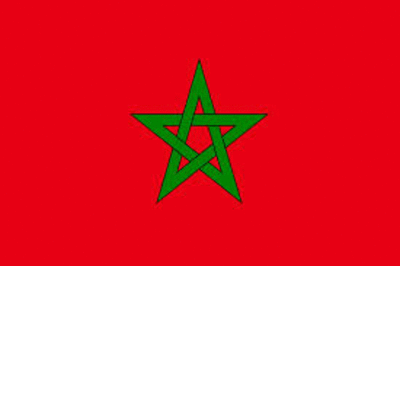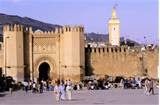1 . demography
In 2008 , the Moroccan population was estimated at 34.3 million people, or an average density of 77 inhabitants per km ² ; but Moroccans are unevenly spread across the country : the coastal areas and the northern plains recorded the highest densities.
The population has a high rate of growth : in 2008, the birth rate was estimated at 21.30 p. 1000 , the mortality rate...
Showing posts with label geography. Show all posts
Showing posts with label geography. Show all posts
in geography
Morocco is the most forested countries of the Maghreb . Mountainous
regions facing the Atlantic are covered with forests (9.8 p. 100
territory) , including large tracts of cork oaks, oaks , junipers ,
cedars, firs and pines that benefit rains
of autumn and winter , but droughts , more and longer in the South,
this fragile vegetation subjected to fire, logging and soil erosion . Cropland...
in geography
(adsbygoogle = window.adsbygoogle || []).push({});
Morocco
is subject to contrasting influences of the Mediterranean, the Atlantic
Ocean and the Sahara on the reliefs which the western part receives
oceanic rainfall, while the mountains act as barriers. The coastal plains are in the same latitude as the oasis of the Algerian Sahara; rich and fertile in the North, they are influenced...
in geography
Well
watered , with persistent snow on the highest peaks , the Atlas gives
rise to many rivers whose water is used for irrigation and feeding
several small hydro. These streams become rivers as the Moulouya (450 km), which flows into
the Mediterranean, or Sebu (500 km), which flows into the Atlantic.
The rugged terrain and rainfall make the river navigable bit of Morocco . Thus,
the...
in geography
The country covers a total area of 706,550 km2 , including the Western Sahara is 266,779 km2. It is in Morocco found the most extensive plains and the highest mountains of North Africa. The relief of the country is marked by four major systems: the Rif , the Middle Atlas , the High Atlas and Anti- Atlas .The
Mediterranean shores are dominated by the Rif, a low mountain range ,
1000 m...
Search Our Site
.


























